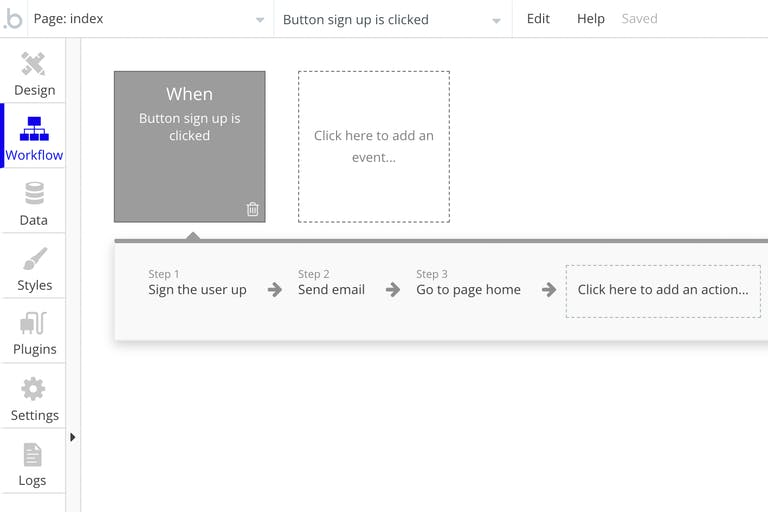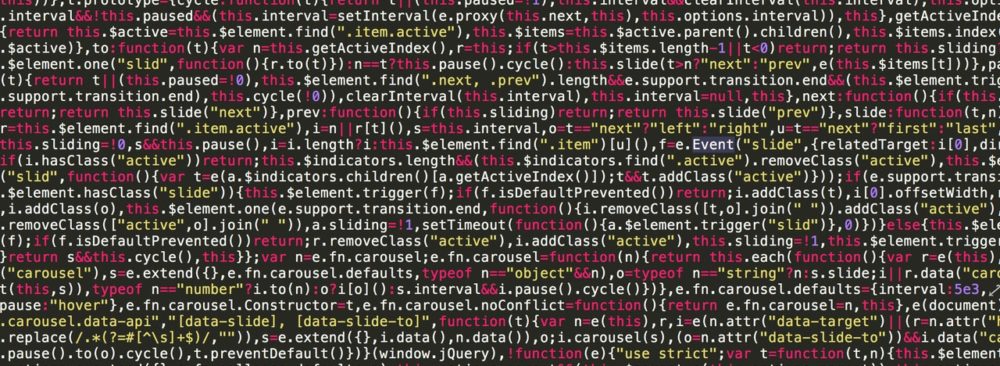No-code and low-code platforms have generated a lot of hype over the past couple of years. According to Gartner, 65% of application development will be low-code by 2024. Other research shows that no-code and low-code platforms can produce a 5x improvement in productivity over traditional programming.
Of course, no-code and low-code solutions aren't the right choices for every application, and many tools have learning curves. You're also inextricably tied to the platform that you choose, meaning you'll have to deal with any feature or price changes that may arise. These are critical trade-offs that businesses must consider when making a decision.
Let's take a closer look at no-code and low-code platforms, some pros and cons, and when you should use them.
No-code and low-code platforms have become incredibly popular, but businesses should carefully choose their use cases. Share on XWhat is No-Code & Low-Code?
No-code platforms enable non-developers to build and run software without writing any code. For example, they provide easy-to-use interfaces with drag-and-drop functionality to design interfaces and describe business logic. There are also built-in tools to handle user authentication, email notifications, and other everyday tasks.

Bubble makes it easy to design custom workflows. Source: Bubble
Sometimes, applications require some functionality that's not built-in to no-code platforms. Low-code platforms address these challenges by providing the option to use code or scripts. However, these platforms don't typically require a lot of programming knowledge to use and may even offer an easy-to-use domain-specific language (DSL).
The pros of no-code platforms include:
- Cheaper. Most software engineers have six-figure salaries, and no-code platforms don't require engineering talent. So, you can usually build small applications faster.
- Faster. No-code platforms have a lot of built-in functionality that enables businesses to build products more quickly. You don't need to worry about authentication or email notifications.
- Maintainable. No-code platforms don't have external dependencies or other items that increase maintenance costs. Most upgrades are handled behind the scenes and without any significant changes.
The cons of no-code platforms include:
- Lock-in. It's challenging to move from one no-code platform to another, meaning there's a high level of vendor lock-in. If prices go up, you may be stuck paying them.
- Inflexible. No-code platforms don't have as much flexibility as writing code or creating user interfaces. While you can do quite a bit, it's not quite the same level as writing code.
- Scalability. No-code platforms typically control your entire development stack, which could lead to higher scaling costs or the throttling of functionality at specific price points.
- Maturity. Many no-code and low-code platforms are relatively immature, meaning they have fewer educational materials and community resources, as well as a smaller talent pool.
What Are the Best Use Cases?
The fast and low-cost nature of no-code and low-cost platforms makes them ideal for specific use cases. On the other hand, their limited flexibility and high scaling costs restrict them in different use cases. Therefore, it's critical to carefully consider the pros and cons of a no-code or low-code tool before selecting it for your project.
Some of the best use cases for no-code and low-code platforms include:
- Minimum Viable Products. No-code and low-code tools are ideal for building limited-scope MVPs to determine if an idea has a product-market fit. That way, you're not wasting a ton of money on development only to completely change the scope.
- Data Management. No-code and low-code solutions are great at integrating data from different sources in real-time and using it to produce visualizations and key performance indicators—and these are typically tricky tasks for conventional programming.
- Internal Applications. Many businesses have internal applications that they need to manage data or sales. Since the scope of these applications tends to change, they are a lot easier to manage with no-code and low-code platforms.
MVPs and other applications will outgrow a no-code or low-code platform for functionality or scalability reasons. At that point, it's usually necessary to hire developers to build out the whole vision. In other cases, you may be unable to use a no-code or low-code platform in the first place if your requirements are too challenging to implement with them.
There are several signs that you may need a development team in place:
- Scaling costs are a concern. Applications with many users or the need for real-time communication may benefit from a development team that can fine-tune performance at a code level. These optimizations can save significant capital over time.
- There's a high level of complexity. Many complex applications aren't suitable for no-code or low-code platforms because they lack certain features. For example, you may need to stitch together two no-code or low-code platforms to make a mobile app.
- You want to focus on your business. Many no-code and low-code solutions have learning curves. In some cases, companies may want to focus on what they do best and hire a development team to handle the tech side of the business.
What Are the Biggest Platforms
There are many no-code and low-code platforms out there. However, given the high risk of choosing the wrong solution, it's essential to carefully evaluate each platform and select the right option for your business. After all, it's tough to migrate from one platform to another since you have to recreate the entire application essentially.
Some of the most popular platforms include:
- Airtable: Airtable provides flexible database solutions for data-driven applications. For example, you can build an internal marketing calendar or KPI dashboard with data you already have.
- Bubble: Bubble offers a point-and-click web-based editor to build application UIs and data interactions. You can use the tool for everything from a prototype to a complex marketplace.
- AppyPie: AppyPie lets businesses create applications, websites, chatbots, and other tools. In addition, the platform supports native iOS and Android applications.
Of course, Salesforce and many other large companies also compete in various niche corners of the no-code and low-code markets. For instance, Salesforce can create data-driven applications for enterprise teams, such as a sales team, although it's less common for building standalone applications, like Bubble or AppyPie.
The Bottom Line
No-code and low-code platforms make it possible for non-developers to build web and mobile applications. However, there's still a learning curve, and businesses should carefully consider the pros and cons.
If you're interested in developing a mobile or web app, Sharkbyte can help you build a roadmap and decide on the best technology stack to achieve your goals.



